Guide to the Canary Islands with kids
My daughter had her first trip abroad to Lanzarote aged just three months, so it’s no surprise for me to reveal I’m a huge fan of visiting the Canary Islands with kids.
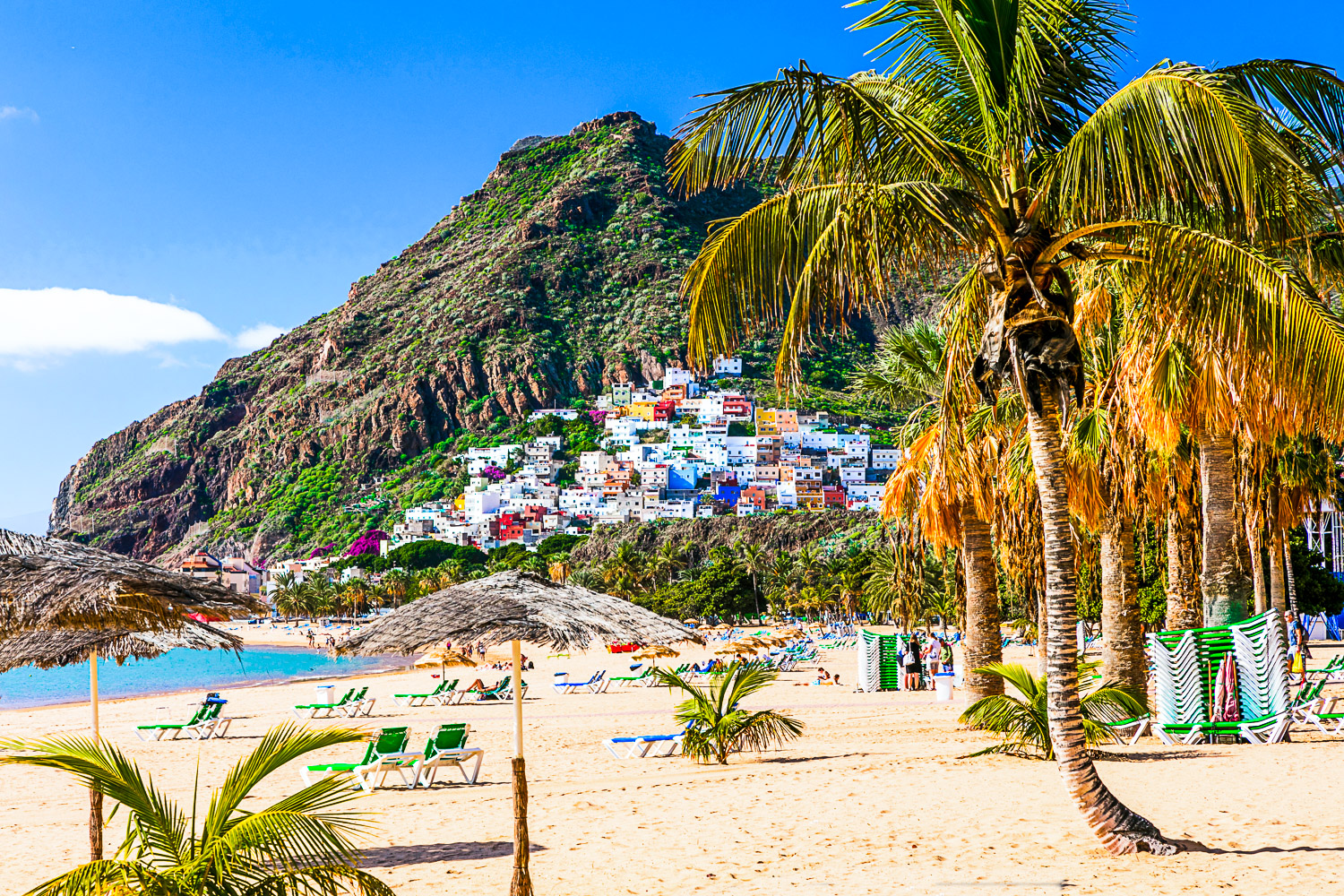
contains affiliate links*
But while the winter sun and gorgeous beaches are always tempting, there’s far more to discover: in all, there are eight main islands and several smaller islets making up the Canary Islands.
Some islands are up to 20 million years old and were created by a series of volcanic eruptions on the ocean floor, leading to memorably unique landscapes – you can still visit a volcano, as well as going whale watching and more adventures away from the waterparks.
So if you’re wondering where to begin, this guide to the Canary Islands with kids gives you ideas on planning your family holiday in the Canary Islands, ideas for an island hop, when to go, where to stay and more.
Contents - click to jump to a section
Practical info

Getting to the Canary Islands
There are currently eight airports in the Canary Islands; Gran Canaria (LPA), Tenerife North (TFN), Tenerife South (TFS), Fuerteventura (FUE), Lanzarote (ACE), La Palma (SPC), La Gomera (GMZ), and El Hierro (VDE). La Graciosa and the smaller islets don’t have airports.
Most European airlines fly into Gran Canaria or Tenerife where 80% of the islands’ total population lives, while some also fly to Lanzarote, Fuerteventura, and La Palma.
La Gomera and El Hierro are regional airports that are only reachable on a connecting flight from elsewhere in the Canaries.
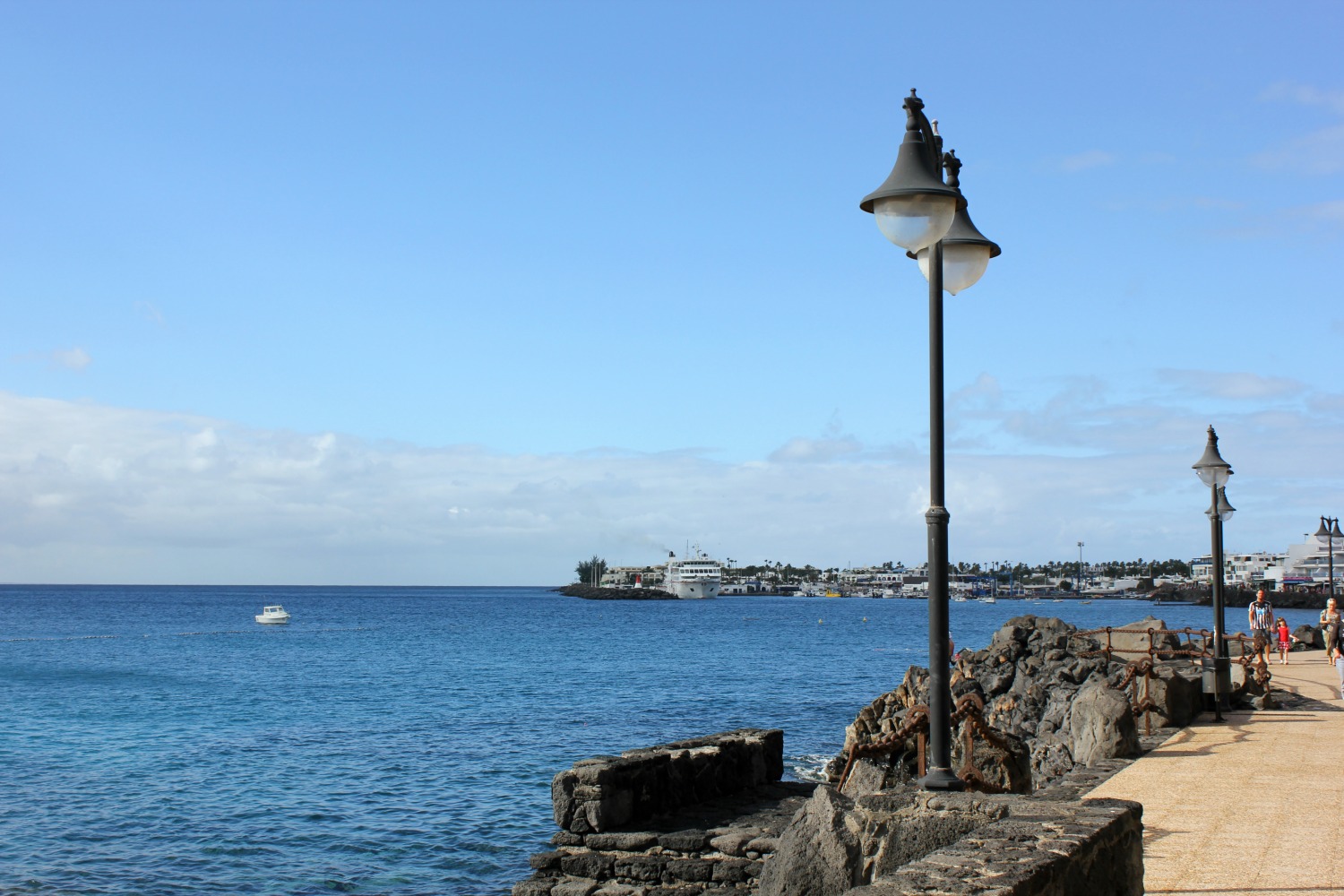
There are also ferry routes between the islands including Tenerife to La Gomera and Gran Canaria, Lanzarote to Fuerteventura: Aferry or the Ferryhopper website is a good way to compare routes and prices.
If you’re travelling from outside Europe, most flights connect in a larger city on the Spanish mainland, such as Barcelona or Madrid, en route to the Canary Islands.
When to go
Known as the ‘islands of eternal Spring’ for their mild and dry year-round climate, there’s no bad time to visit the Canary Islands with kids.
During the peak summer months of July and August, temperatures can easily reach 30C+. Don’t be fooled by the ocean breezes either, although they’re great for cooling you down, the sun will be fierce.
This is a great time of year for lounging around on the beaches or enjoying the islands’ many waterparks and watersports. But probably a little too hot for activities like hiking, cycling, or sightseeing with little ones.
In winter, you can expect average temperatures of 16-21C, making the Canaries a popular destination for winter sun for families. It’s still warm enough to make the most of the islands’ beautiful beaches (including some with volcanic black sand), but cool enough for trekking through the national parks or exploring historic cities and towns.

Tenerife Carnival takes place in February each year and is the second-largest in the world after Rio. It’s an exciting time to visit. But expect prices to be high and hotels to be booked up far in advance.
Spring is a great time to see the breath-taking landscapes and wildlife come to life. Flowers are blooming and the dolphins and whales are returning to the coastlines. Plus there are plenty of fun Easter activities for families taking place at hotels and resorts all across the islands.
One of the best times of year to visit the Canary Islands has to be September and October. The temperatures are high and the sea is still lovely and warm for swimming, but the evenings are cooling down enough to wander around towns and explore the spectacular natural landscapes.
The Canaries are a popular holiday destination all throughout the year. You won’t find a huge discrepancy in prices depending on when you visit. School holidays cause a slight increase in tourist numbers, but the islands remain fairly busy all year round.
What to see
The Canary Islands are made up of eight main islands and several smaller islets.
Gran Canaria, Tenerife, Lanzarote, and Fuerteventura are the four largest islands and the most popular with tourists, while the smaller islands tend to be best if your family loves hiking, or want to get right off the beaten track.
Tenerife
One of the most popular for families, there’s a string of family-friendly resorts on the west coast in particular. But it’s also easy to find a very different side to the island.
Home to Spain’s tallest peak, Mount Teide, you can explore volcanic landscapes and wander through a dusting of snow at some times of the year – there is also great star-gazing to be found.
The island’s green north is a total contrast to the beaches too, with black sand beaches, small villages, forests and walking trails to explore.
Gran Canaria
This island has its own temptations for those looking for sea, sand and sun. Here most resorts are clustered around the southern end of the island, but venture into the centre and you’ll discover cave homes and dramatic mountain landscapes.
Maspalomas is home to dramatic sand dunes which look like they’ve come straight from the Sahara, plus there’s unusual history – Christopher Columbus stayed on the island, and there’s even a rum distillery here.
Lanzarote
The black volcanic landscape here is a world away from visions of gold sand beaches (though you can find those too) but for me, it makes it one of the most interesting of the Canary Islands with kids.
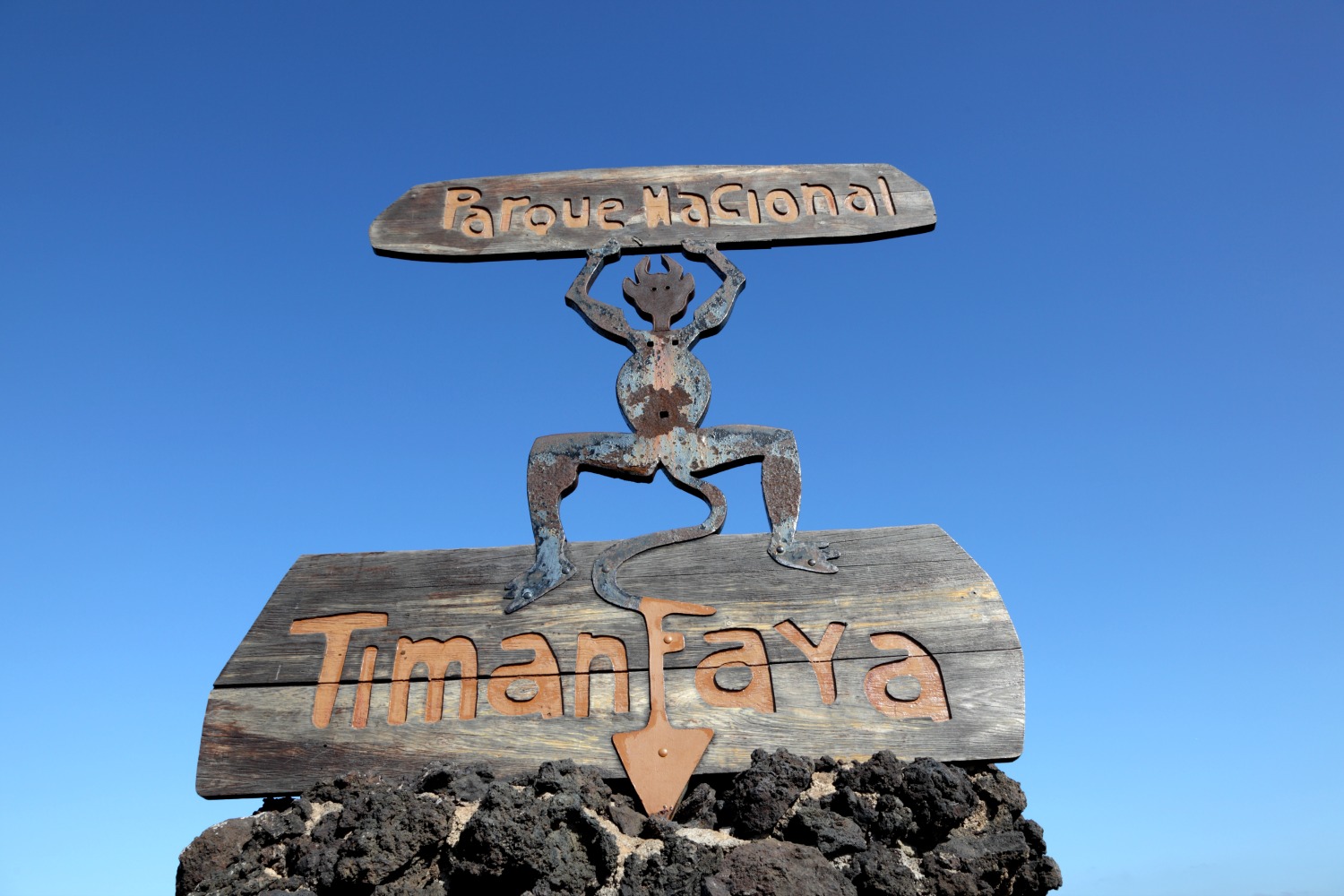
Venture into Timanfaya National Park, to learn more about the destructive power of the 18th century eruption and feel the heat of lava under your feet, then discover the vineyards which flourish in this apparently barren landscape.
Local artist Cesar Manrique has also left his mark on the islands, with their low rise white buildings and artworks and sculptures dotted around.
Fuerteventura
Named for its strong winds, the least visited of the four main islands is a haven for kite surfers and you’ll see windmills across the landscape.
There are nature reserves to explore too: the entire island is a Unesco Biosphere reserve, including some dazzling beaches.
Below is a brief introduction to the main islands of the Canaries and their highlights.
| Island | Highlights |
| Gran Canaria | Las Palmas (Capital City), Maspalomas Holiday Resort & Sand Dunes, Roque Nublo, Sandy Beaches, Theme Parks, Animal Parks |
| Tenerife | Santa Cruz (Capital City), Mount Teide (highest peak in Spain), Teide National Park, Siam Water Park, Loro Parque Zoo, Beaches, Carnival |
| Lanzarote | Unique Volcanic Landscapes, Timanfaya National Park, Cueva de los Verdes, Cactus Garden, Papagayo Beach, Vineyards |
| Fuerteventura | Playa de Cofete Beach Resort, Watersports, Oasis Water Park, Betancuria (Historic Town), Majorero Goats Cheese |
| La Palma | La Caldera de Taburiente National Park, Biosphere Reserve, Scenery, Forests, Hiking, Starlight Reserve, Observatory of Roque de los Muchachos |
| La Gomera | Garajonay National Park, Black Sand Beaches, Lush Green Valleys, Forests, Hiking, Wildlife, Traditional Culture |
| El Hierro | Volcanic Landscapes, Guinea Lava Tunnel, Hiking, La Maceta Natural Pools, Diving, Giant Lizard Recovery Centre |
| La Graciosa | Natural Beaches, Chinijo Archipelago Natural Park, Walking, Cycling, Fresh Seafood |
Detailed articles
For more tips on visiting the Canary Islands with kids, check out some of my posts:
Tenerife
The top things to do in Tenerife with kids
Tips for visiting Siam Park, Tenerife – the world’s best water park
Four unexpected things to to in Tenerife
Gran Canaria
The top things to do in Gran Canaria with kids
A guide to Gran Canaria with kids
Visiting Aqualand, Gran Canaria, with kids
Family day out at Palmitos Park Zoo, Gran Canaria

A Maspalomas camel ride on the dunes of Gran Canaria
Puerto de Mogan boat trip, Gran Canaria
Gran Canaria’s cave restaurant – and car heaven
Honey rum in Arucas, Gran Canaria
Lanzarote
The top things to do in Lanzarote with kids
Where to eat in Playa Blanca with kids
Lanzarote: the baby and the volcano – visiting Timanfaya with a baby
Lanzarote’s pirate museum – parrot not included
Lanzarote: vines and volcanoes
A viewpoint and a volcanic cavern – exploring Lanzarote with a baby

Fuerteventura
Winter sun holidays in Fuertventura with kids
Travelling within the Canary Islands
The Canary Islands are well connected to each other by boat. Frequent ferries link the islands’ main ports. Tenerife and Gran Canaria are the main hubs for island hopping, although there’s also a route from Lanzarote to Fuerteventura.
While internal flights may be quicker, inter-island ferries are the more fun and relaxing way to travel. You can enjoy the views of islands from the water and maybe even spot some whales and dolphins along the way.
Ferries take anywhere between 30 minutes and several hours depending on the islands you’re travelling between. Aferry or the Ferryhopper website is a good way to compare routes and prices.
On the islands, rental cars are usually the best way to get around unless you join an organised tour. There are also local buses and taxis (though these can be pricy). Tenerife is the only island with a light rail network.
Hiring a rental car is great for exploring the islands at your own pace and discovering off-the-beaten-path destinations and quiet secluded beaches, including some of the famous stretches of volcanic black sand.
You do not need to get an International Driving Permit in your home country in order to drive in Spain if you’re coming from the UK and your trip lasts less than six months, but it may be required for drivers from the US.

Local buses, or guaguas, are the most affordable way to travel. Routes run between the main towns, beach resorts, and major attractions on each island. Buses on Tenerife and Gran Canaria are the most frequent and more tailored towards tourists. On the smaller islands, buses are geared towards the locals, so aren’t quite as convenient.
Taxis are also useful for travelling shorter distances within particular areas. But they can add up if you’re moving around an island.
Flight resources
Skyscanner is the website I tend to start with to compare rates for my flights.
Money-saving tip: Don’t input any dates to scan the best available times to go OR simply input ‘Spain’ instead of a specific airport – you may get a much cheaper flight!
For more ways to save for holidays and city breaks with kids, check out my top tips
Accommodation resources
When I visit, I often prefer to book a villa to give me plenty of space while exploring the Canary Islands with kids, as well as all the facilities including a kitchen and usually a private pool (often unheated though).
Check out companies like Plumguide also has a range of accommodation that’s been individually vetted, particularly on Gran Canaria, and which you can filter if you’re travelling with babies or kids. Or for a more luxury villa stay, Top Villas also has some lovely accommodation.
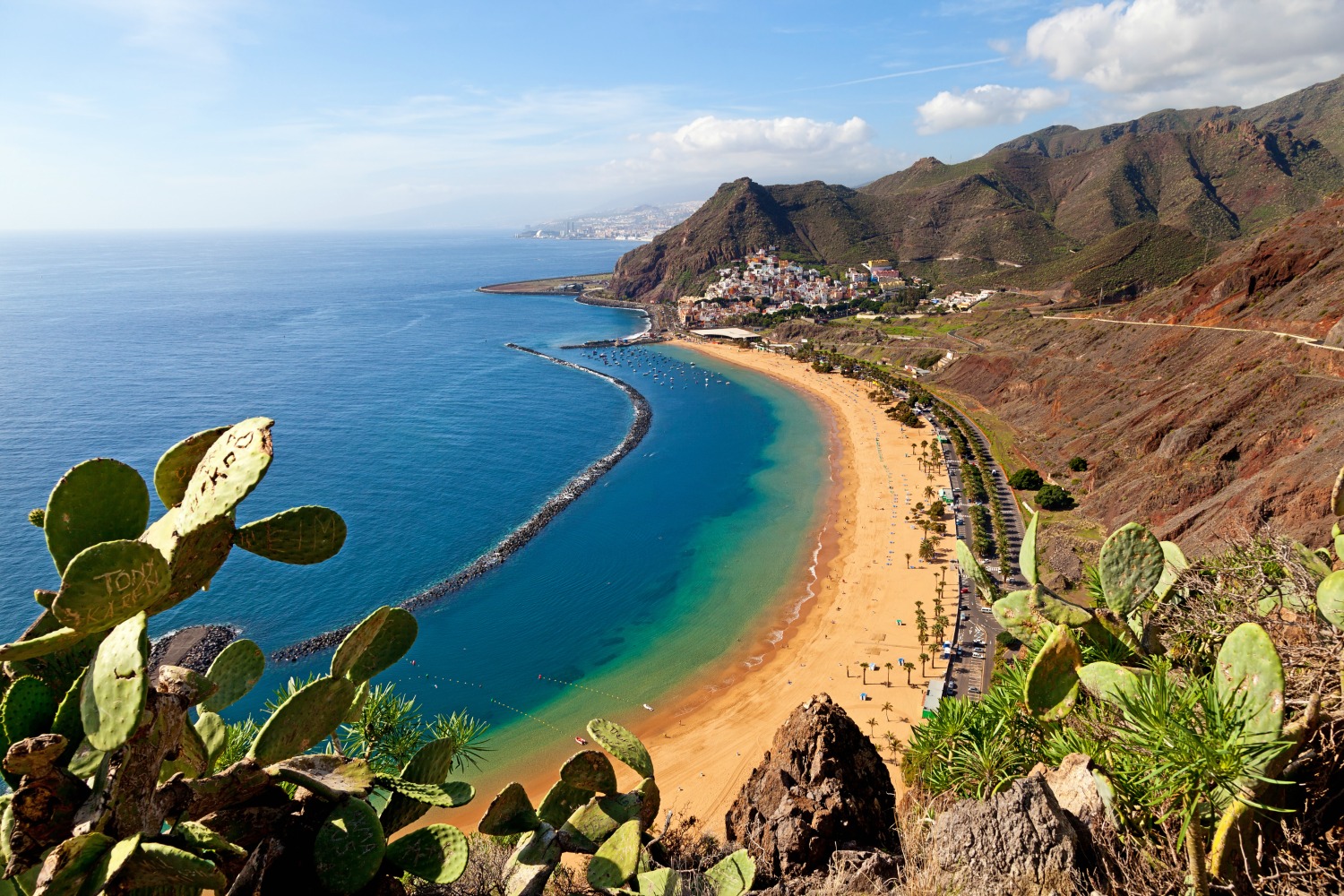
Some of the big package holiday operators like TUI have a mix of self-catering apartments in the Canary Islands right up to all-inclusive hotels.
Jet2Holidays also has a range of places to stay in the Canary Islands with kids, including accommodation on several different islands and flights included, as well as villa holidays in the Canary Islands.
For standard hotel stays, Booking.com usually offers the best deals, including free cancellation, or check out hotels.com.
Safety tips
The Canary Islands are one of the safest destinations in all of Europe. Crime rates are extremely low – much lower than the European average and even that of mainland Spain.
As with most tourist-heavy destinations, pickpocketing and petty theft can occur. Take basic precautions and look after your belongings. Don’t leave any valuables unattended on the beach.
Money-saving tips
The Canary Islands are a great destination for travellers of all budgets. From affordable self-catering apartments to luxury beach resorts, there’s something for everyone. If you are visiting on a budget, there are plenty of easy ways to save money in the Canaries.
- Stick to one island rather than jumping around on planes or ferries.
- Spring and Autumn are slightly cheaper than Summer and Winter.
- Consider budget accommodation in the cities rather than luxury beach resorts.
- Grab local produce from the market, then pack a picnic and eat on the beach.
- Eat out at lunchtime and choose the ‘menú del día’, a set three-course meal for around €10-15 per person.
- Rent a bike and cycle around the towns or resort areas rather than using taxis.
- Find free activities to do, such as relaxing on the beach or hiking.
Packing for the Canary Islands
The Canary Islands are warm and sunny all year round. Make sure to pack sunscreen, aftersun, sun hats, and water bottles. The gentle sea breeze can lull you into a false sense of security and you may not always realise how hot it is. Lather the family in plenty of sun cream every day.
Swimming, water parks, and watersports are some of the most popular activities on the islands. So whatever you do, don’t forget your swimwear.
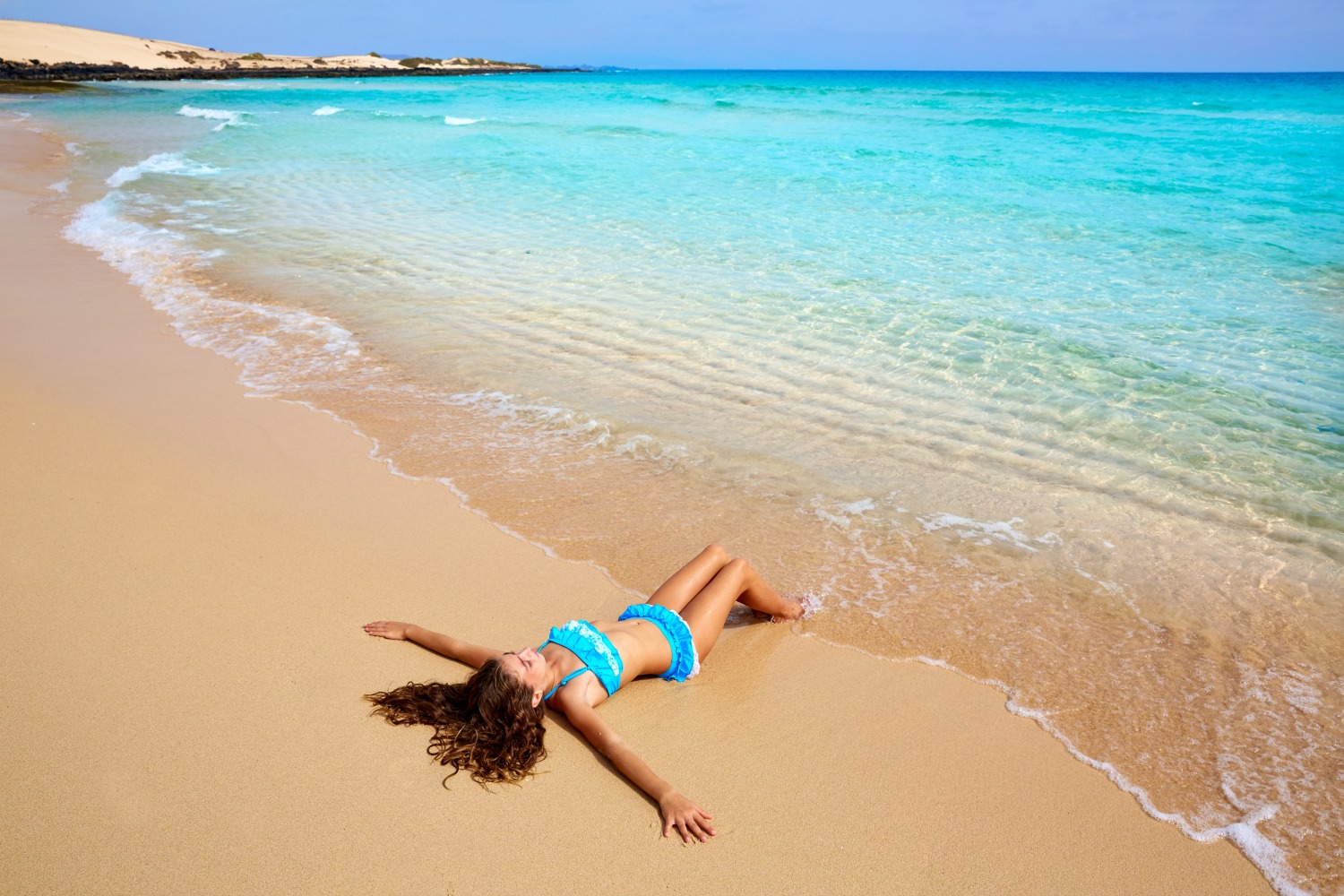
If you plan on exploring the islands’ unique terrain or climbing one of the many volcanoes, you’ll also want sturdy and comfortable walking shoes and some light layers.
Check out my complete family holiday travel planner here, including packing lists and more
Book list
Lonely Planet guides are always my favourite starting point – the Lonely Planet Guide to the Canary Islands covers the whole group or try the Pocket Tenerife guide if you’re visiting that island only.
There’s also a Mini Rough Guide to Lanzarote & Fuerteventura or a similar Inside Guides Pocket guide.
While there are no guide books on the Canary Islands for kids specifically, it’s worth grabbing a copy of I Spy at the Seaside to keep them entertained at the beach, one of my family beach essentials.
Covid resources
Before making any travel reservations, be sure to check the COVID restrictions currently in place in the Canary Islands.
Disclosure: This post contains affiliate links – any purchases you make are unaffected but I may receive a small commission
Playa Blanca images copyright MummyTravels, all others images courtesy of Depositphotos
LIKED THIS? SIGN UP FOR MY EMAIL NEWSLETTER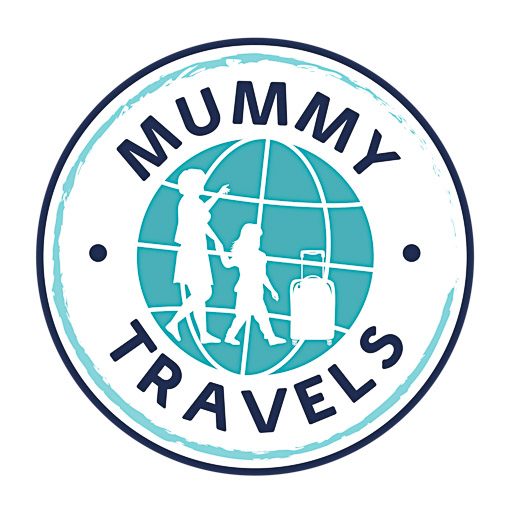
Hi Cathy, beautifully written content about the Canary Islands. We have also noticed your wonderful blog content about Tenerife. Should you visit the island again soon, please get in touch with us. We will be more than happy to help you find new content ideas.
Thanks! And absolutely – fingers crossed I’ll be back before too long